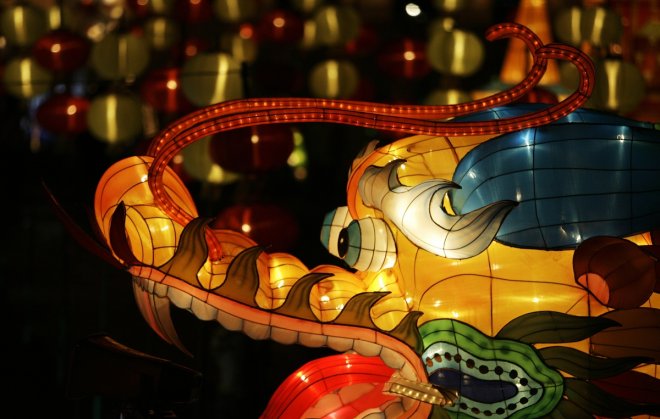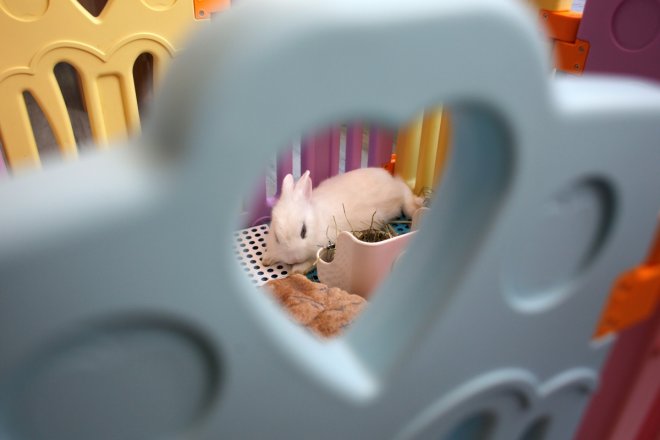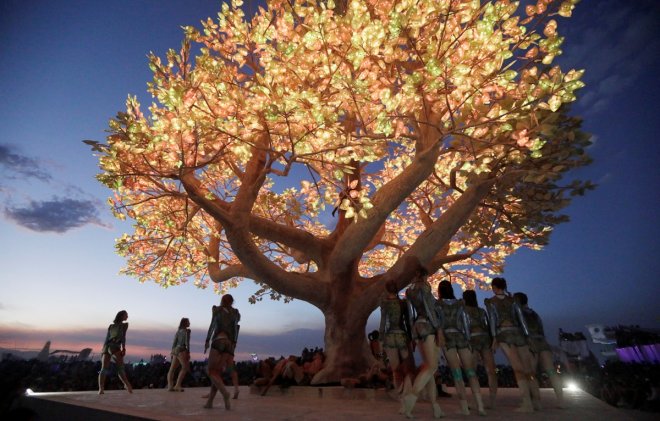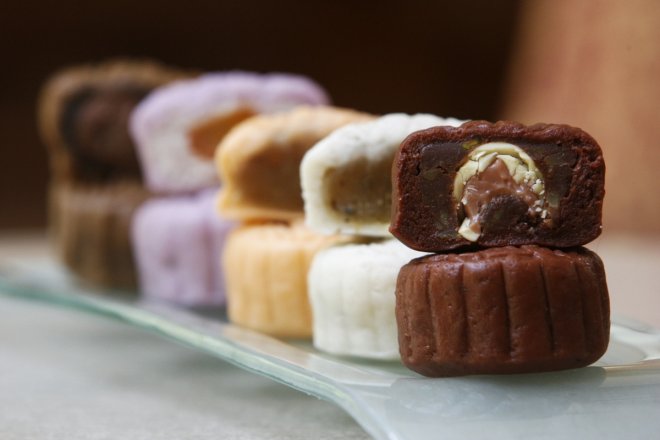
Singapore is buzzing with activity and excitement for the Mid-Autumn Festival, which is going to take place on Wednesday, October 4. Originally a Chinese festival, it falls on the 5th day of the eighth lunar month, coinciding with the autumn equinox. Also called the Moon Festival, it is celebrated by admiring the bright, gorgeous full moon and worshiping it for happiness, peace, and prosperity.
Initially celebrated by farmers as a harvest festival, it has now become a big cultural event, in which people gather with their friends and family to watch the moon, light paper lanterns, and gift mooncakes to one another.
As you get ready to indulge in the celebrations, acquaint yourself with the tales and legends that have been associated with this ancient festival.
Magical legends about a magical festival

The Chinese mainly associate this festival with moon worship as it is believed that there is an ancient connection between the moon and fertility. Apart from that, a few stories and folk tales have been passed on from generation to generation, which lend a mystical air to this festival and bring flavour to the festivities.
Chang E – The Moon Goddess
The most popular legend about the Moon Festival is that of Chang-e and her sacrifice.
It is believed that there were 10 suns in ancient times, making the earth unbearably hot. Hou-yi, an expert archer, shot down nine suns to save the earth, after which the Heavenly Queen awarded him with an elixir of immortality. His wife, Chang-e, willingly drank the elixir to save it from an evil disciple when he wanted to steal it. Following that, Chang-e became immortal and ascended towards heaven.
Unable to leave her beloved husband behind, she decided to live on the Moon forever. Gradually, she became known as the Goddess of the Moon. People offer food to her, a tradition apparently first started by her husband as he offered her favourite dishes in the yard.
Even now, people who believe in this legend try to look for Chang-e's figure on the Moon on the auspicious festival day.
The Brave and Kind Bunny

A bunny rabbit is often glimpsed in the decorations of the Mid-Autumn Festival. Want to know what it signifies? Read on to find out.
Another legend associated with this festival tells the story of three magical sages who transformed themselves into old beggars and went to three animals for food: a fox, a monkey, and a rabbit. The first two animals had food to give them, but the rabbit had nothing to offer.
The rabbit jumped into the fire and offered himself as food. The sages were touched by his selflessness and sent him to live in the Moon Palace, giving him the title of the Jade Rabbit.
Wu Gang – The Woodcutter

Another magical tale associated with this festival is based on Wu gang, a woodcutter from Xihe of Han Dynasty who wanted to be immortal. However, he did not learn the magical arts required for that. As a result, the Jade Emperor banished him to the Moon and asked him to chop a huge Cherry Bay tree before returning. Wu Gang chopped it several times, but it always grew back magically.
It is believed that Wu Gang is still on the Moon, doing the endless job of cutting the tree. Some people think that if we look closely at the Moon, we will be able to see Gang's black shadow.
The Marvellous Mooncakes

Mooncakes are inherently associated with the Mid-Autumn Festival, with traditional and modern snow-skin mooncakes being eaten and gifted aplenty during this time of the year. It is interesting to note that even this sweet has a compelling history.
China was ruled by the Mongolian Yuan dynasty during 1280-1368 c.e. The Chinese people rebelled against the foreign government by baking mooncakes and hiding rebellion strategies inside each of them. The Mongolians, not being fond of mooncakes, never suspected the uprising, thereby being overthrown. The Ming dynasty was established on the throne, and the tradition of baking mooncakes during the Chinese Mooncake festival to celebrate the victory has continued till today.









